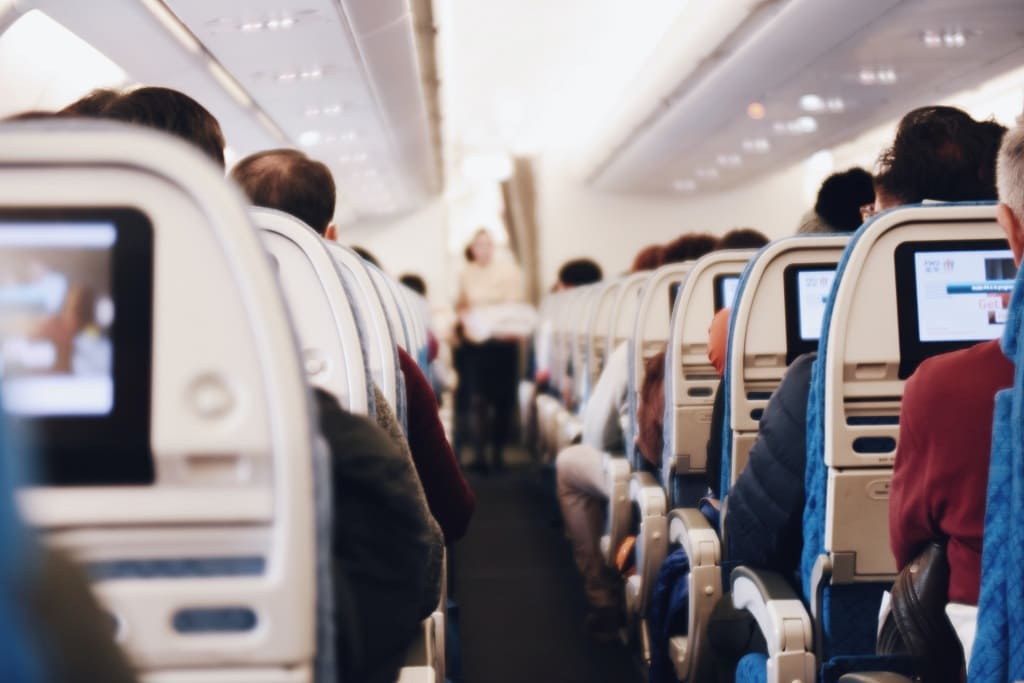When we get on a plane, it is increasingly common to be able to connect to the Internet through the Wi-Fi network offered by the airline. Getting there has not been easy. One of the most important technical barriers that we have had to overcome is the MAC randomisation. Recently, the magazine Infocus Safety & Security, published by HMG Aerospace, dedicated an article to this problem and how we have solved it from Galgus. Here are the key aspects that are covered in it.
The value of Wi-Fi connectivity for airlines
From passengers’ perspective, it is clear how they appreciate having an internet connection from the plane itself. We all know how long flight hours can seem, so being able to entertain ourselves by watching a good movie or series, surfing the internet and our social networks, chatting with family and friends or working ahead will make time fly too.
For airlines, they will not only enjoy a greater competitive advantage by offering better services to their customers, but they will also get other more succulent benefits.
Among them, the option to understand the behaviour and needs of their passengers better with the help of the Wi-Fi device they carry with them and the Location Analytics technology stands out. We are not only talking about the interior of the plane, but also about other points of interest at the airport, such as the boarding and check-in areas, baggage claim, customer service points, etc., so that they have a complete picture of the user experience. Of course, always complying with current data protection laws.
Finally, it is possible to design better services so that passengers enjoy a truly satisfactory travel experience, which makes them think about that same airline for their next flight. Leaving this positive impression, tourists, businessmen or workers who use the same route will usually be loyal to the company.
The problem of MAC randomisation
So far everything sounds ideal, however, we run into a big obstacle that makes us wake up from this idyllic dream: MAC Randomisation.
First of all, you will ask yourself what is a MAC address? MAC is the acronym for MEdia Access Control, it is also called a physical address. We can say that the MAC Address is the original license plate of the passenger’s device that is connected to a network: an identifier assigned by the manufacturer.

And how is when the problem arises. If the communicated MAC address were fixed, there would be no problem recognising the movements of each smartphone, laptop or tablet. However, since the advent of Android 7 and iOS6, the information about the MAC addresses that is communicated to Wi-Fi networks in reach are being masked regularly with varying frequencies, but even up to every few hours. A measure implemented by the device manufacturers precisely to avoid the monitoring of the original MAC address, thus the person that owns it, by third parties.
Under these circumstances, mainly passengers on long-haul flights or those making connections with other flights, are very likely to experience this change in their MAC address, thus preventing the airline from collecting accurate information about their behaviour.
MAC Randomisation also prevents accurate people counting. In fact, on many occasions Wi-Fi monitoring systems say that there are many more devices in a given location than there are in reality, simply because the monitoring system counts each randomised MAC address as a new device.
How do we solve this problem?
At Galgus, we take this challenge very seriously, and the final result could not be more satisfactory for all parties involved.
Our software, developed and patented by our professionals, under the Software-Defined Wi-Fi paradigm, has managed to break down the obstacle that arose with MAC Randomisation. Therefore, airlines that have incorporated it into their operations have it much easier to understand and gain productive insights about the behaviour of their passengers.
In addition, this does not increase the cybersecurity risk for travellers, since our technology provides maximum protection against malicious intrusions. And all this with the utmost respect for privacy.
This capability is a huge step forward for airlines to decide to take the step and incorporate Wi-Fi connection on their flights for their customers. It is an option that several world leading airlines have already chosen, with Galgus accompanying them throughout the integration process. If you are interested in knowing more advantages associated with this, we encourage you to take a look at our specialized page on Wi-Fi for all means of transport.
You can read the article in the magazine Infocus Safety & Security by clicking here.









